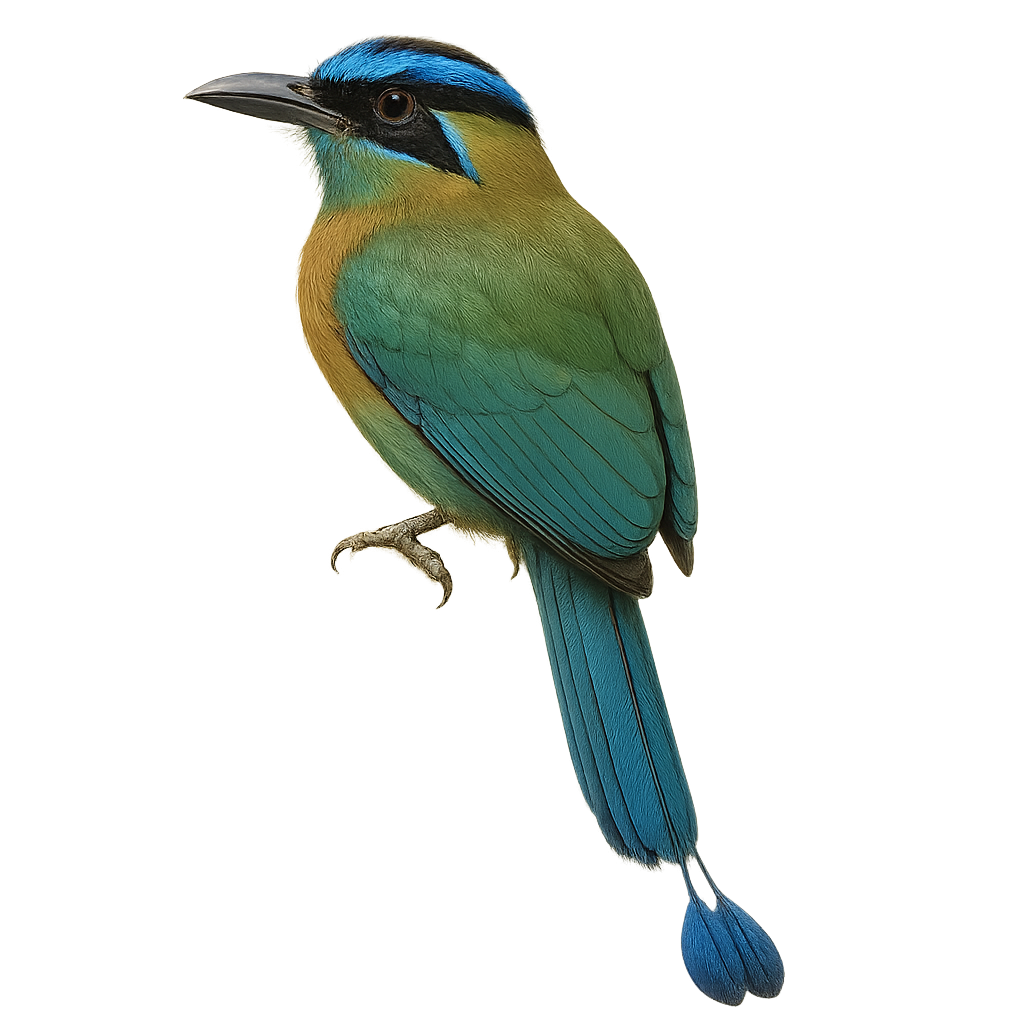Your wildlife photography guide.
Explore the lesson's motmot in detail, study its behavior, prepare your shots.
Where to observe and photograph the lesson's motmot in the wild
Learn where and when to spot the lesson's motmot in the wild, how to identify the species based on distinctive features, and what natural environments it inhabits. The WildlifePhotographer app offers tailored photography tips that reflect the lesson's motmot’s behavior, helping you capture better wildlife images. Explore the full species profile for key information including description, habitat, active periods, and approach techniques.
Lesson's Motmot
Scientific name: Momotus lessonii

IUCN Status: Least Concern
Family: MOMOTIDAE
Group: Birds
Sensitivity to human approach: Suspicious
Minimum approach distance: 10 m
Courtship display: April to May
Incubation: 20-22 jours
Hatchings: April to June
Habitat:
Tropical rainforests, forest edges, wooded areas
Activity period :
Primarily active during the day, with peak activity in the morning and late afternoon.
Identification and description:
The Lesson's Motmot is a colorful and fascinating bird native to the humid tropical forests of Central America. It is distinguished by its vibrant plumage, which combines shades of blue, green, and orange, and its long, racket-shaped tail. This bird measures about 38 to 48 cm in length and weighs between 100 and 160 grams. It is often seen perched quietly on a branch, scanning its surroundings for insects and small reptiles, which make up the bulk of its diet. The Lesson's Motmot is also known for its melodious and repetitive song that echoes through the canopy.
Recommended lens:
400mm – adjust based on distance, desired framing (portrait or habitat), and approach conditions.
Photography tips:
To photograph the Lesson's Motmot, it is advisable to use a 400mm lens or longer to capture precise details without disturbing the bird. Look for a spot where the bird is often seen, such as forest edges, and be patient. Use a tripod to stabilize your camera and wait for the bird to perch quietly. Take advantage of the natural morning light to achieve vibrant colors and good contrast.
The WildlifePhotographer App is coming soon!
Be the first to explore the best nature spots, track rutting seasons, log your observations, and observe more wildlife.
Already 1 432 wildlife lovers subscribed worldwide

